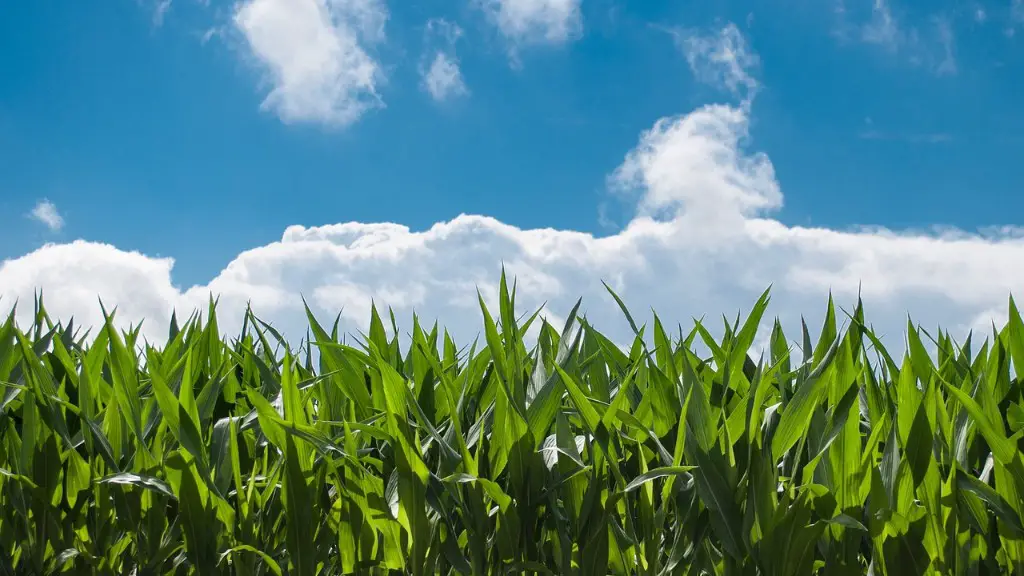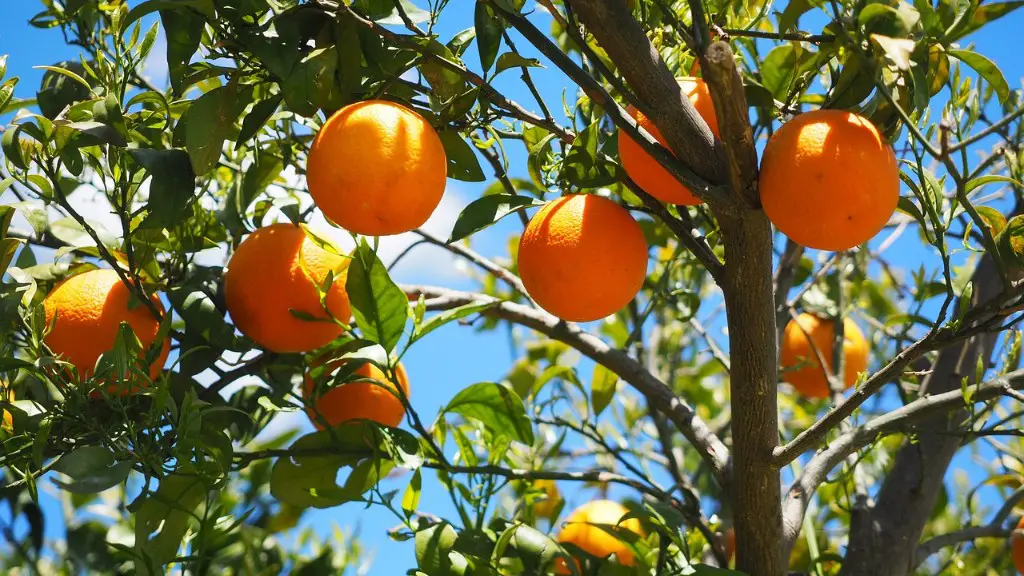Modern and traditional agriculture have both developed over time, and today’s practices look very different from traditional ones. Contemporary agriculture requires more mechanized operations, due to technological advances and the increased demand for food. Traditional farming uses manual labor and buildings, whereas modern farming involves more advanced methods, such as genetically-modified organisms (GMOs) to help increase crop yields. Additionally, traditional agriculture relied on techniques such as crop rotation, while modern agriculture has shifted its focus towards technology in cost reduction and maximizing profits. To that end, modern agriculture uses sophisticated technology to improve crop yields, such as crop droughts, monitoring systems, and increased use of chemical fertilizers and pesticides. Contemporary farming also relies heavily on the use of production data to optimize harvests and yield adequate produce to meet consumer demand.
Environmental Impact
Modern agriculture has had a greater environmental impact than traditional farming, with technological advances resulting in a depleted natural environment. For example, the extensive use of heavy machinery and chemicals in modern agriculture has caused deforestation, soil degradation, groundwater pollution, and reduced biodiversity. Moreover, the increased use of fertilizers and pesticides has increased the risk of contamination of agricultural land and nearby bodies of water. On the other hand, traditional agriculture has been regarded as more sustainable and has had fewer impacts on the environment. This is because it has relied more on manual labor and natural resources to produce crops, as well as crop rotation to maintain soil fertility. Traditional farming has also seen more success in preserving the natural environment than today’s farming practices.
Social Factors
Modern farming has led to an increase in rural poverty, due to the shift towards industrialization in agricultural practices. This has often caused hardship in communities that depend heavily on farming for their livelihood. Additionally, land appropriation, consolidation, increased use of harmful chemicals, and greater investment in machinery have all further complicated access to land and employment opportunities. Traditional farming, on the other hand, has been known to prioritize rural communities and promote local economic development. It has often provided gainful employment and access to land resources to rural communities, which has yielded positive outcomes for rural development overall.
Access to Markets
The introduction of modern farming has enabled farmers to access new markets, due to the increase in efficiency and yields brought about by technology. For example, the use of automated machinery and storage facilities has made transportation and storage of the produce much easier and more efficient. This has allowed farmers to sell their goods to distant markets, increasing potential profits. Traditional farming, on the other hand, has remained more localized, with access to markets being more limited. Additionally, transportation and storage of traditional agricultural produce has been much more labor-intensive and costly than for modern produce.
Focus on Productivity and Profits
Modern agriculture has largely shifted its focus towards increasing productivity and maximizing profits. Techniques such as genetic modification and use of large tracts of land, along with large investments in machinery, fertilizers, and chemicals, have seen yields increase drastically in the past few years. However, this shift has had the unintended consequence of reducing employment opportunities in rural areas. Traditional farming, in contrast, has largely targeted areas with limited resources and employed manual labor methods, resulting in fewer profits but providing more employment for rural families.
Costs
Modern farming has seen increased costs due to the increased use of machinery, chemicals, and other equipment. This has resulted in higher yields, but also in higher prices and, in turn, decreased affordability of food items. Traditional farming has been known to benefit from smaller start-up costs and manual labor, making it relatively more affordable than modern agriculture. Alternative technologies such as organic farming and aquaponics have also been proposed as methods to produce food with fewer inputs, making food production more financially viable.
Community and Labor
Modern agriculture has seen a decrease in the importance of community and labor, with operations becoming more industrialized and mechanized. This has seen a decrease in social and economic outcomes for rural communities, since mechanization has come at the cost of employment opportunities. Traditional farming, however, still relies heavily on manual labor, often involving local workers and communities in production. This has increased the rural population’s exposure to income-generating opportunities and has thus seen greater success in social and economic development.
Land Use
The increase in mechanization in modern agriculture has seen large tracts of land used up in production. This has led to decreased access to natural resources such as land and water, as well as deforestation and soil degradation. Traditional farming, on the other hand, has relied on crop rotation and other sustainable techniques, resulting in less land use and creating a more sustainable environment.

